How to Draw a Sword
Today in this very simple step-by-step drawing tutorial, I will show you how to draw a sword for beginners.
This tutorial on how to draw a sword for beginners will be extremely useful for those who want to be able to draw clear and straight lines. In addition, here I will try to tell you how to make lines not only straight but also parallel.
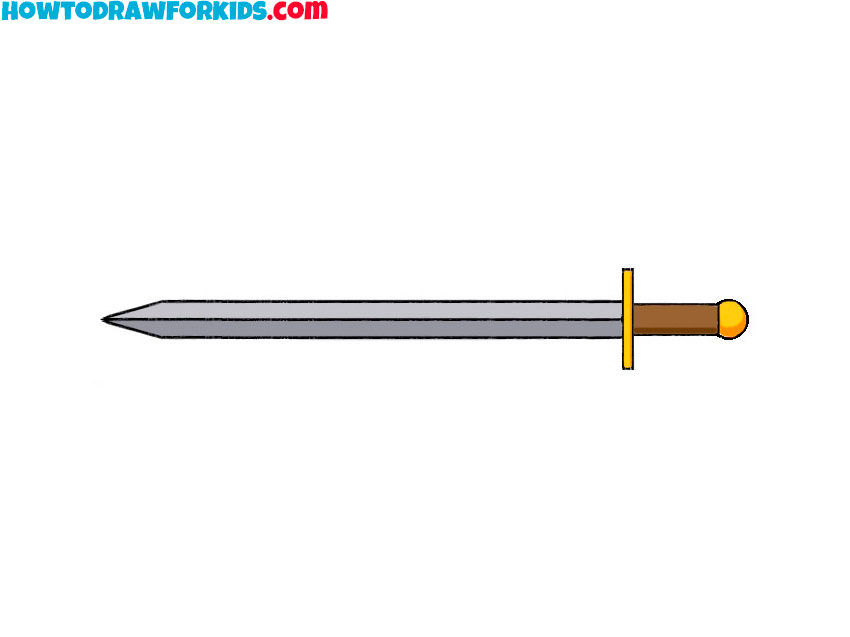
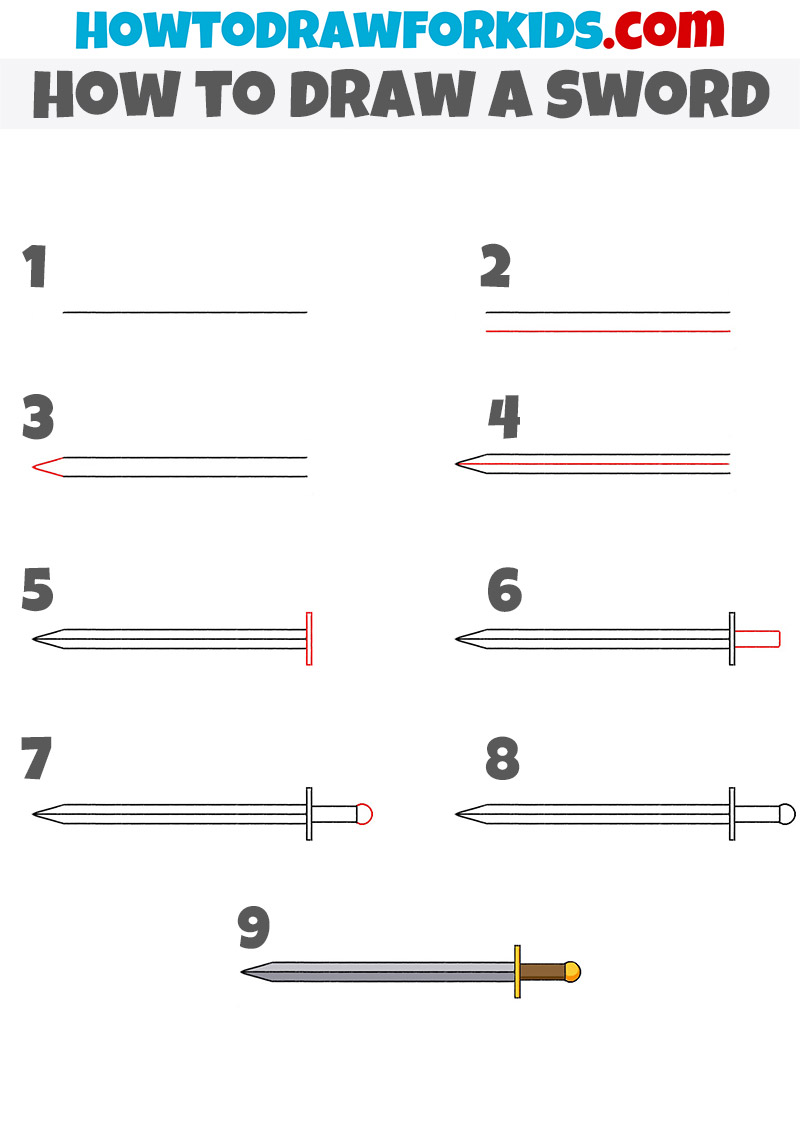
How to Draw a Sword: Introduction
It’s no secret that the sword was one of the most used weapons among knights. But in those ancient times, these weapons was not only a weapon but also an insanely expensive accessory that only a very rich person could afford.
What about swords in fine art? Of course, this item has been one of the favorite accessories, which has been depicted in paintings and recreated in sculptures since ancient times.
For example, if you have been to places like the Metropolitan Museum of Art, you may have seen many works of art that feature swords.
Over the centuries, the shapes and types of swords have changed, but despite all the differences, all similar weapons are drawn using the same methods.
As I wrote above, drawing a sword will not only help you draw a sword as an object, but will also help you learn how to draw straight and parallel lines.
So, as you can see, the instruction is very simple and consists of only nine steps. Scroll down the page, grab your art supplies, and start drawing!
Sword Drawing Tutorial
Materials
- Pencil
- Paper
- Eraser
- Coloring supplies
Time needed: 30 minutes
How to Draw a Sword
- Draw the upper edge of the blade.
Begin by drawing a straight horizontal line to form the central axis of the sword’s blade. This line will serve as the foundation for the entire drawing. This central line should be light enough to erase later but dark enough to see clearly as you add more details.

- Illustrate the lower edge of the blade.
Next, add a parallel line below the initial line, to create the width of the sword blade. The distance between these lines will determine the width of your sword blade, so adjust accordingly based on how broad you want your blade to be.
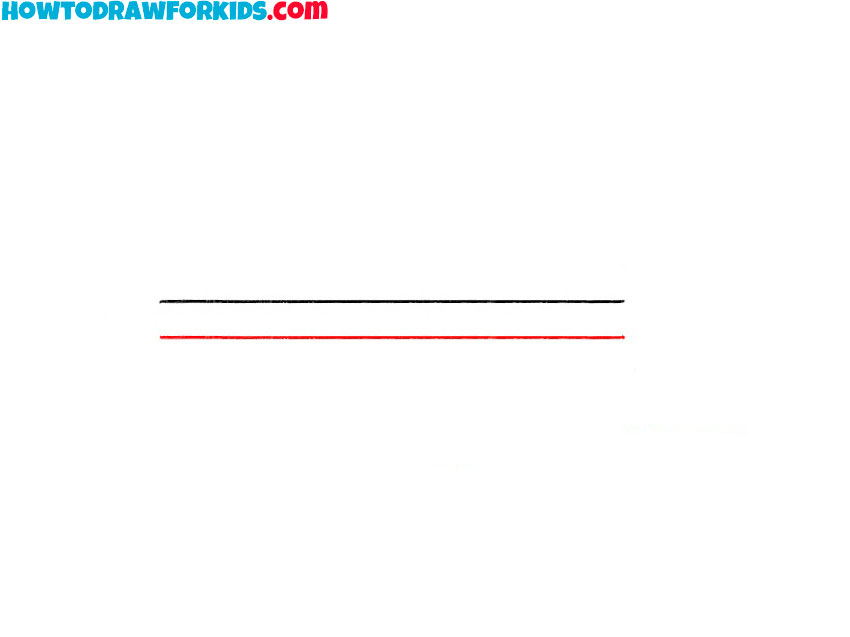
- Sketch the tip of the sword.
Now, connect the ends of the two parallel lines by drawing angled lines that converge at a point, forming the pointed tip of the sword blade. This will give the sword its sharp, triangular point. The angle of these lines can vary depending on the style of the sword you are drawing.
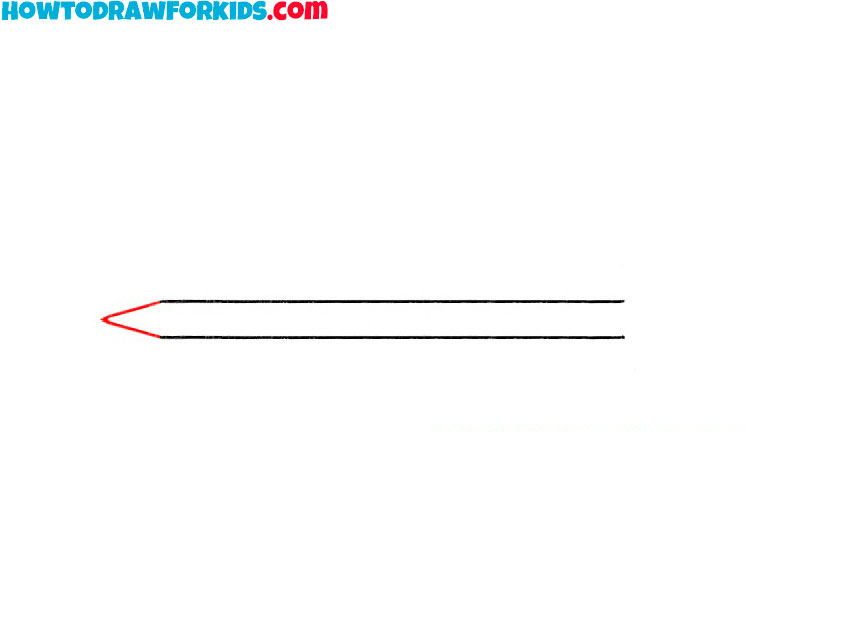
- Add the fuller of the sword.
Draw the third straight line starting from the point of the weapon and passing right through the center of the blade. This line should also be parallel to the others. Make sure that this line is slightly longer than the outer edges and is located exactly in the middle between them.
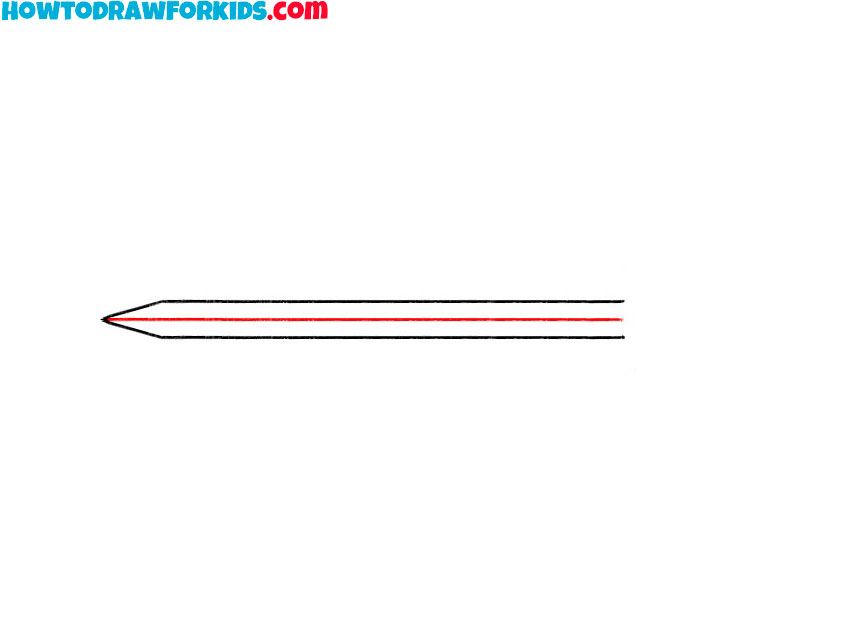
- Sketch the guard of the sword.
At the base of the blade, draw two horizontal lines extending outward from either side to form the crossguard. The crossguard is an essential part of the sword, as it protects the wielder’s hand from slipping onto the blade during combat. Ensure the crossguard is centered and perpendicular to the blade.
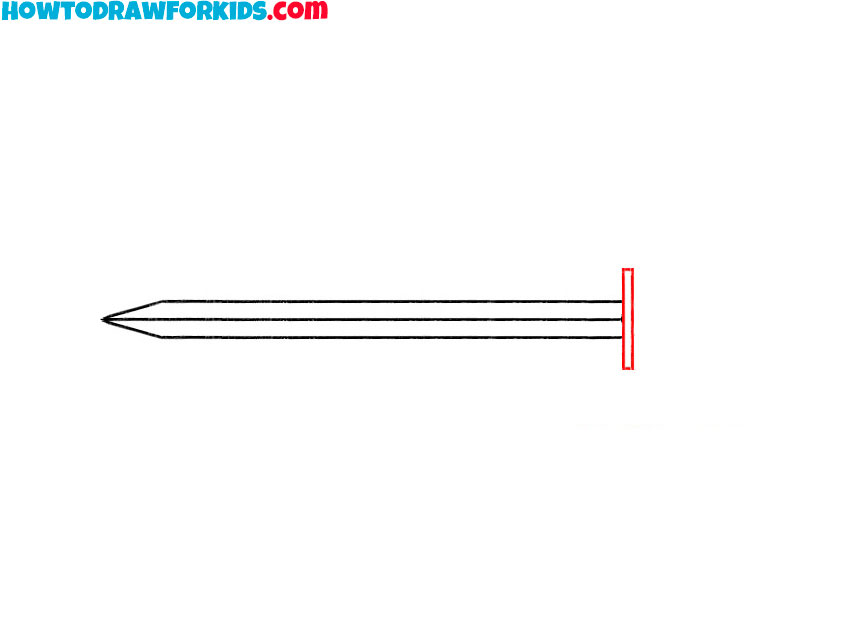
- Outline the grip of the weapon.
Extend a short, vertical rectangle from the middle of the crossguard to form the sword’s grip. This part should be shorter than the blade and centered with the crossguard. Make sure the grip is thick enough to look sturdy but not too thick, as it should be comfortable to hold.
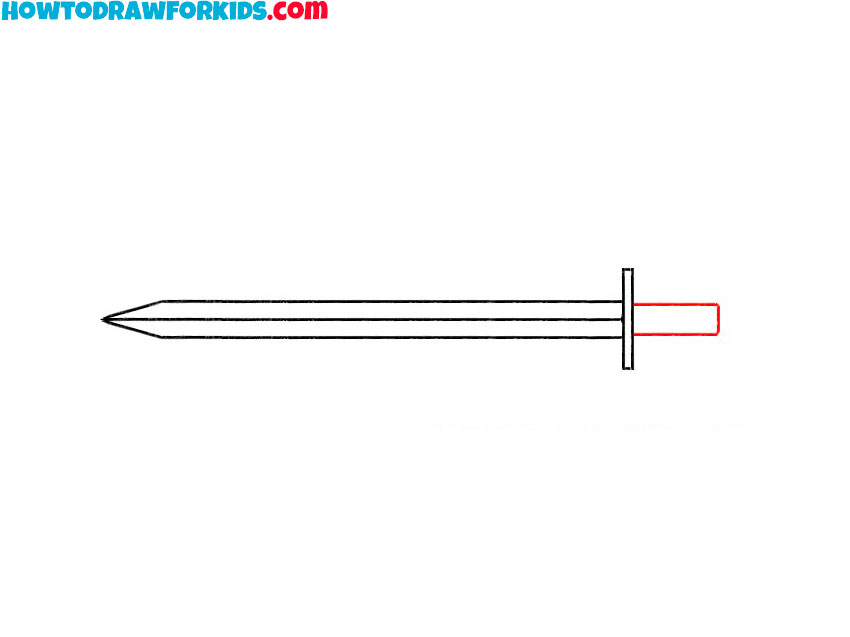
- Illustrate the pommel.
Draw a small circle or oval at the end of the grip to form the pommel. The pommel helps balance the sword and adds to its aesthetic appeal. The pommel can also serve as a counterweight to the blade, improving the sword’s balance and handling.
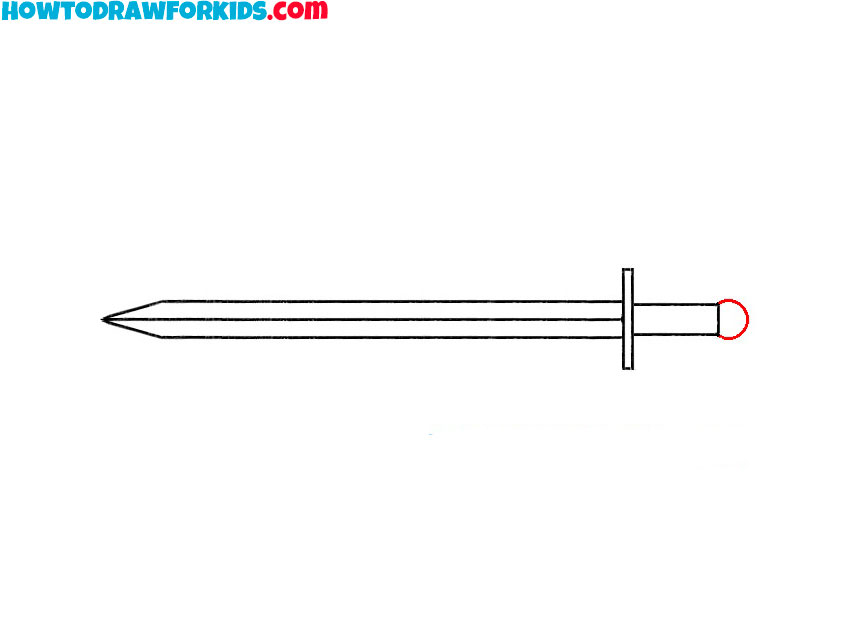
- Add some finishing touches to the sword.
Check your drawing and compare it with mine. Find and correct mistakes, if any. In addition, you can add some details that are not in my example. For example, you can add sharpening lines near the blade, engraving on the blade, or a wrap texture on the handle of the sword.
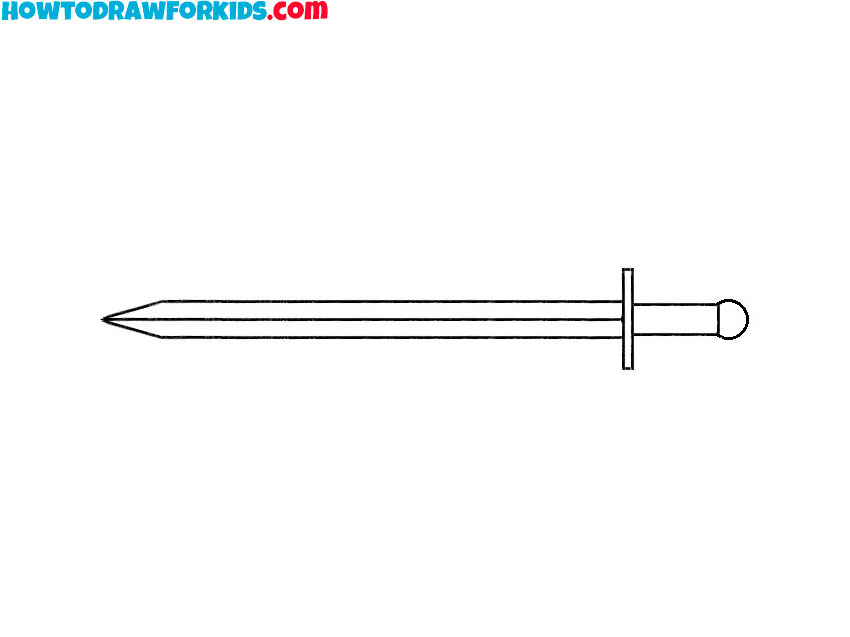
- Color the sword drawing.
Typically, the blade is grey or metallic silver, the crossguard and pommel can be gold or brass, and the grip is often brown or black to mimic leather. Use shading to give the blade a reflective appearance, and add highlights to the crossguard and pommel for a polished look. Consider adding shadows to give realism to your drawing.
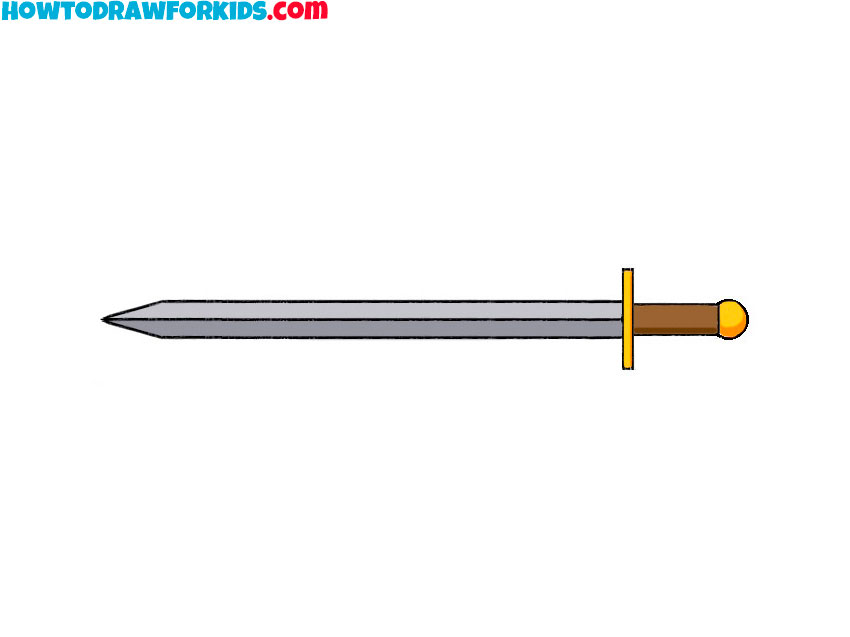
Improving Your Artwork
So how can you make your sword drawing even better? Of course, in this part of the article I will tell you how to do this.
Practice More
First of all, try to draw other types of swords, such as a two-handed sword, a katana or a saber, using the steps that you may have seen above. This will help you not to become attached to the specific drawing that I gave you as an example.
This will allow you to use your pencil more freely and not feel constrained while drawing the sword. Also, if you draw everything without a ruler, you can learn to draw straight and parallel lines.
Add More Details
And by detail I mean not just the details on the weapon itself, but the details that you can add to the drawing itself as a whole. That is, try to draw not just a sword, but a weapon that is in the warrior’s hand.
Additional content
And here is the promised free PDF version of this drawing lesson. In addition to the steps of the instruction, in this PDF file, you will find a coloring page, tracing worksheet, and grid drawing worksheet.
Conclusion
By the way, have you already subscribed to me on social networks? If not, be sure to go to social networks (for example, Pinterest and Facebook) and subscribe to be aware of all the instructions that are published on Howtodrawforkids.com.

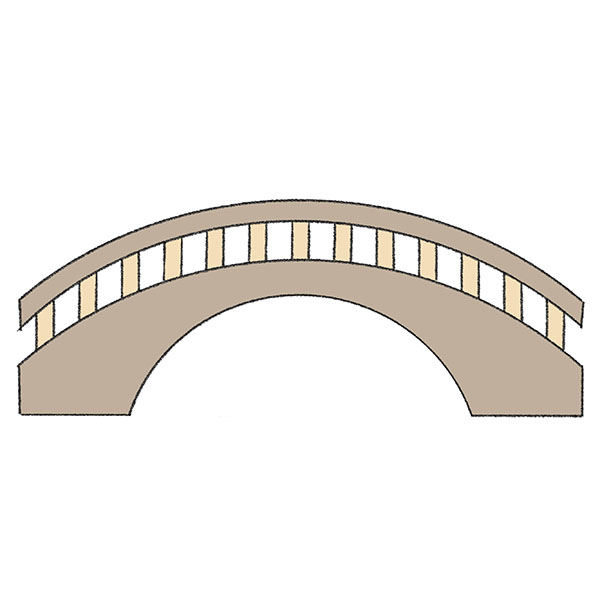
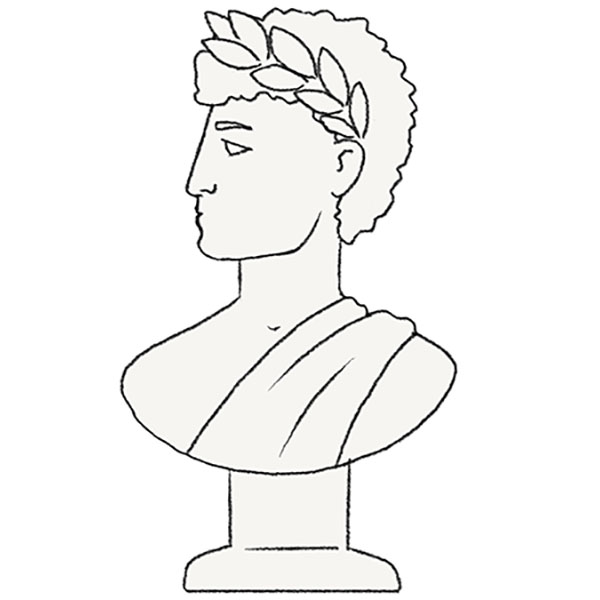

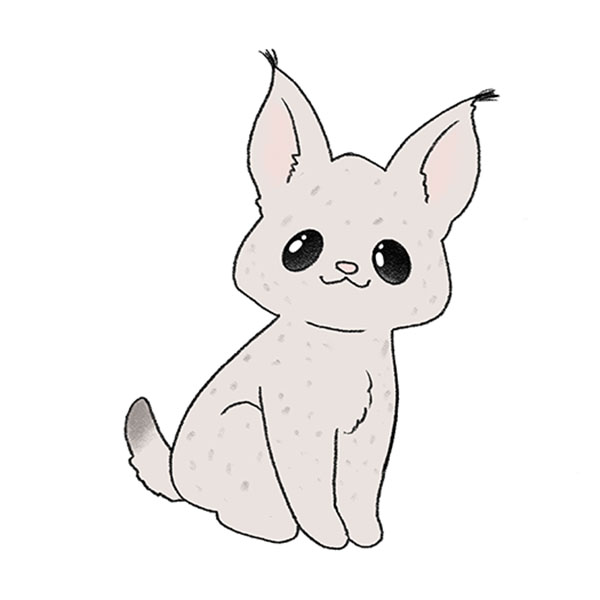
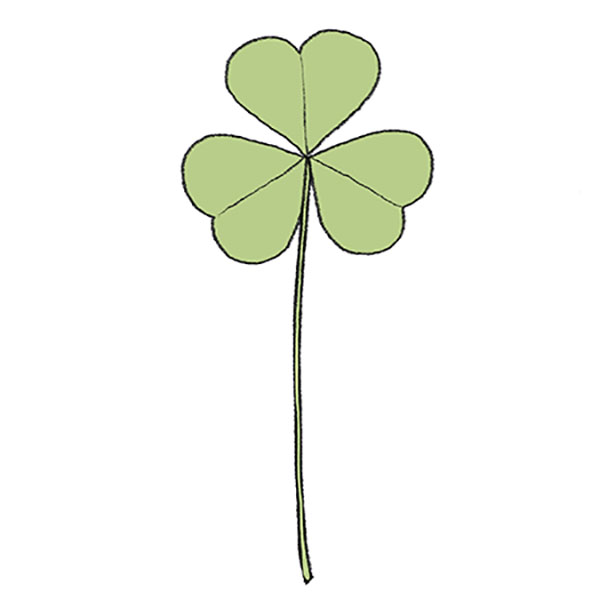

Great article! Thank you, i leart how to draw a sword!
this is a really good website!!!!!!!1
this is a great website!!!!!!!1
great
Many thanks!
jnnjnjnjnjnjn
thanks
Thank you too, Bob.
This is great
Thank you so much!
Thanks Arame for this great website but can you add gojo for jjs